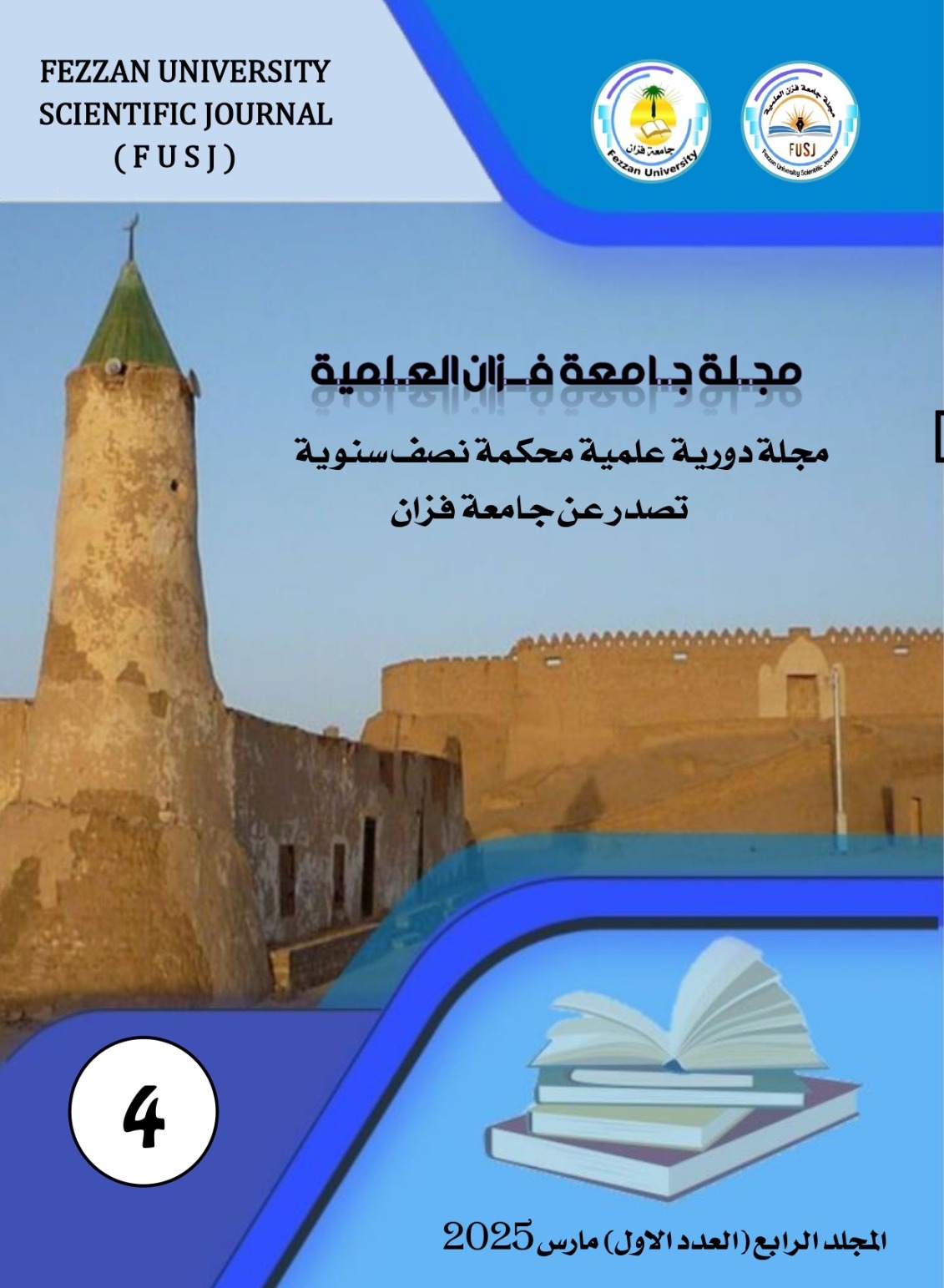ارتفاع منسوب المياه الجوفية إلى سطح الأرض بمدينة زليتن الأسباب والحلول
##plugins.themes.academic_pro.article.main##
الملخص
تقع بلدية زليتن على الساحل الليبي، وتبعد نحو 160 كم شرق العاصمة طرابلس، تأثرت بعض محلات البلدية فيها بارتفاع منسوب المياه الجوفية منذ أكثر من أحد عشر سنة؛ حيث شاهد سكان هذه المحلات وجود رطوبة زائدة على مستوى الأرض، وآثارًا للمياه في بعض الخزانات الأرضية. وتعد المياه الجوفية من أهم مصادر المياه العذبة في العديد من المناطق، وخاصة في المناطق التي تفتقر إلى مصادر مائية سطحية كالأنهار أو البحيرات. وفي مدينة زليتن الواقعة على الساحل الغربي لليبيا، تعتبر المياه الجوفية المصدر الرئيسي للمياه المستخدمة في الري الزراعي والاستخدامات اليومية.
إن ارتفاع منسوب المياه الجوفية في زليتن يشكل تحديًا بيئيًا واقتصاديًا؛ حيث يمكن أن يؤدي إلى تأثيرات سلبية على التربة، والنشاط الزراعي، بالإضافة إلى المخاطر التي قد تهدد البنية التحتية المحلية لذلك، أصبحت دراسة هذه الظاهرة أمرًا بالغ الأهمية لفهم أبعادها، وتحليل أسبابها ونتائجها، واقتراح الحلول على المدى القصير.
منذ سنتين، شهدت منطقة زليتن ظاهرة غير مألوفة تتمثل في ارتفاع منسوب المياه الجوفية، وهو ما أثار القلق لدى العديد من الباحثين والمختصين في الموارد المائية. هذا الارتفاع في منسوب المياه الجوفية قد يكون له تأثيرات بيئية واقتصادية متعددة؛ حيث يمكن أن يؤدي إلى تغييرات في التربة، وتدهور نوعية المياه، إضافة إلى التأثيرات المحتملة على البنية التحتية للمنطقة.
يهدف البحث إلى استكشاف أسباب ارتفاع منسوب المياه الجوفية في زليتن، وتحليل تأثيراته المحتملة على الموارد المائية، الزراعة، والبيئة المحلية بشكل عام. كما يتناول البحث طرق إدارة هذه الظاهرة والتوصيات اللازمة للحفاظ على استدامة المياه الجوفية في المنطقة، مع تقديم حلول وتوصيات لإدارة هذه الموارد المائية بشكل مستدام.

